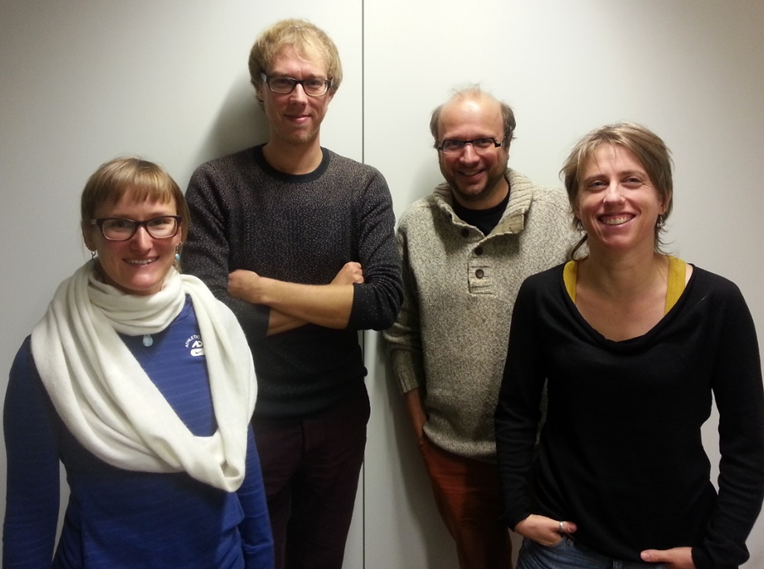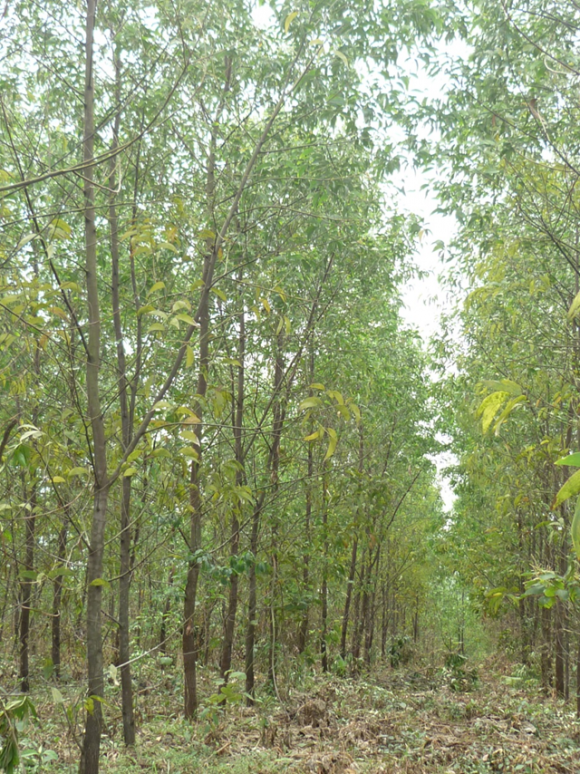11 November 2015 | By Sabrina Kumschick
There has been a heated debate in Central Europe on the invasiveness of alien trees, including species like Tree of heaven (Ailanthus altissima), Black cherry (Prunus serotina), Boxelder (Acer negundo), Northern red oak (Quercus rubra) and Black locust (Robinia pseudoaccacia). The discussion includes conservationists on the one hand, who argue that alien species are causing impacts on native ecosystems, and that they should not be cultivated. On the other hand, foresters make the point that these species are crucial for the economy, and that the impacts described by conservationists are not accurately addressed, and exaggerated.
This situation seems similar to the one in the Western Cape in South Africa, where trees have been cultivated for a long time, and many of them are causing impacts to native ecosystems. Nevertheless, the forestry industry keeps producing trees in these areas.
Are the problems in Central Europe comparable to those in South Africa?
One can argue that the European landscape is already altered to a degree where native habitats hardly exist anymore, and there is “not much left to protect”, whereas in South Africa, we still find pristine areas with many endemic species.
A common occurrence in both areas is that where these alien trees grow, they create a shift in the habitat. These shifts are often irreversible even after removal of the trees. This means that the native species will not be able to recolonise these areas without restoration efforts.
According to the classification system by Blackburn et al. (2014), such species are classified as having massive impacts. However, in many cases, such massive impacts depend on the habitat and the specific conditions found there. For example, Black locust (Robinia pseudoaccacia) is expected to only have minimal impacts in forests, as it is shade intolerant, whereas in open habitats it can transform whole ecosystems.
This debate has led to the planning of a book on “Introduced tree species to European forests: challenges and opportunities”, which will include contributions by academics and practitioners. Together with Etienne Branquart, Sonia Vanderhoeven (both Departement d’Etude du Milieu Naturel et Agricole, Belgium) and Bram D’Hondt (Postdoc at Ghent University, Belgium), C·I·B core team member Sabrina Kumschick is writing a chapter on how to assess impacts and risks, and how to use such data to make management decisions.
Read more about the project at www.in-tree.org
For more information, contact Sabrina Kumschick at sabrinakumschick@sun.ac.za



